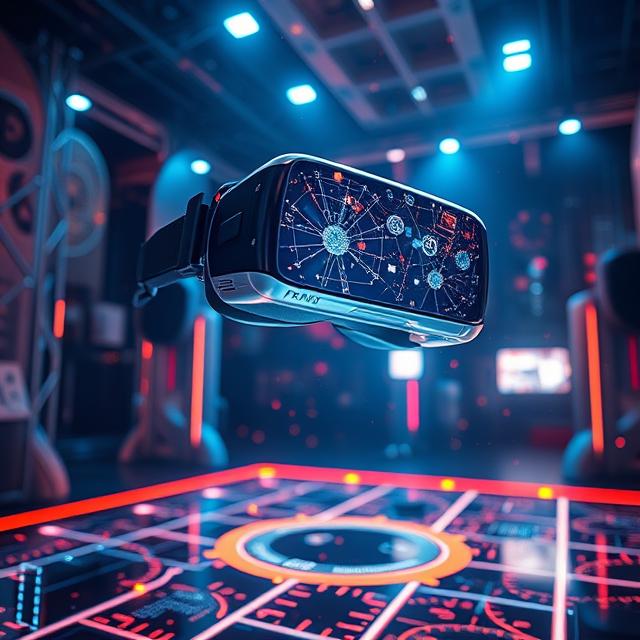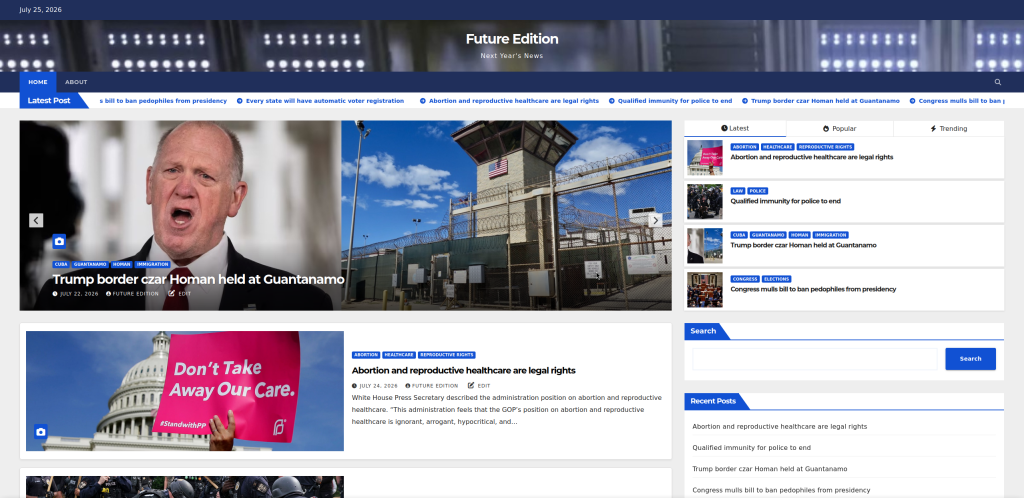Quantaevum research uses sophisticated algorithms and quantum computing to retrieve and use data from the future. Organizations around the world use our results to support scientific research and policy decisions. Even if you haven’t heard of Quantaevum, your life has been touched by our work.
Our researchers, like the computers we use, are distributed across the globe. Our research focus areas have heavy overlap so many of our researchers participate in more than one team.
Quantum Computing

Our Quantum Computing Team designs the algorithms that make our work possible. Those temporal tunneling algorithms run on a distributed network of modular quantum computers and use quantum entanglement – “spooky action at a distance” – to monitor points in the space-time continuum that correspond to the future. The algorithms, coupled with extreme quantum computing power, can monitor data from an almost limitless supply of entangled particles. Filter that data to a cohesive dataset near a particular point in future space-time and you have data that tells you what happens at that point in the future.
In simpler terms, we can see the future.
What can we do with that knowledge?
That’s where a different set of sophisticated algorithms comes into play. These algorithms use modeling and optimization to determine the best use of the knowledge gained from a glimpse into the future. Where can this knowledge best be put to use to solve the world’s problems? Can that use be done safely?
Verification

The Verification Team ensures that any use of knowledge from the future is done responsibly. Their modeling algorithms thoroughly test whether the knowledge use will cause significant perturbations to the timeline. The tolerance for acceptable perturbations is set much lower for testing when there could be a negative impact.
The team additionally ensures that all Quantaevum work is in compliance with the Timeline Safety Standard (that will be) established in 2036. Quantaevum is (will be) a founding member of the consortium that drafted (will draft) the standard. Quantaevum literally wrote (will write) the book on timeline safety.
Visualization

As impressive as retrieving data from the future is, the Visualization Team is gearing up for an even more exciting possibility: experiencing the future in real-time. Extrapolation of our projected computing capabilities indicates that Quantaevum will soon be able to retrieve, process, and visualize data from the future in real-time. You’ll be able to see a live-stream of the future on a monitor just like watching a movie. Or connect to a virtual reality interface to see the future as if you were really there. You’d be strictly an observer so there are no concerns about affecting the timeline. If quantum computing power increases as predicted, this exciting visualization possibility should become a reality before 2030.
Future Edition

Future Edition is Quantaevum’s project to provide the public with news from the future. A group of our interns sift through the data returned from one year in the future. They then edit that information to produce Future Edition news posts. Our intern supervisors check every news post for accuracy to ensure that what you read on Future Edition is exactly what will happen one year from now.
NOTE: Quantaevum research obtains precise information about the future state of financial markets. You are free to use financial information described in Future Edition news posts for investment guidance.
